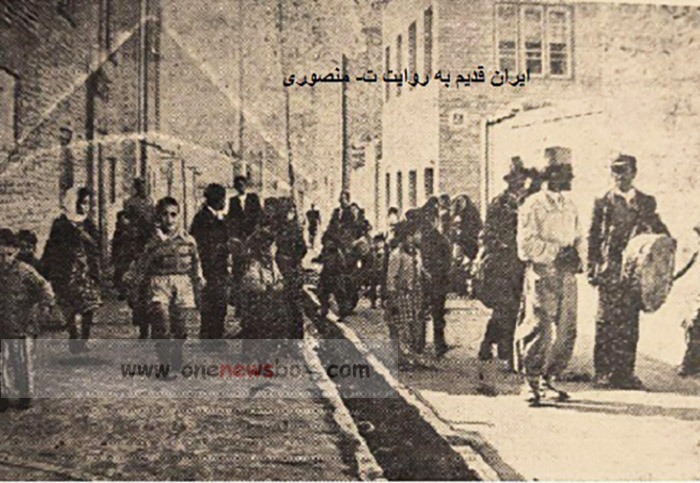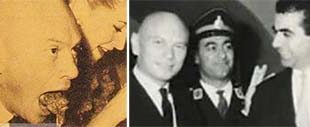In Mesopotamian civilizations like Babylon and Assyria, as well as in Elam, the New Year’s festival was closely tied to the myth of the martyred god Dumuzi (Tammuz). It was believed that Dumuzi died and was resurrected each year, symbolizing the cycle of plant life—his death marked the dormancy of vegetation, while his resurrection heralded the rebirth of crops. Mourning rituals were followed by celebrations of renewal, representing rain-making and fertility magic. This tradition was later absorbed into the Nowruz celebrations, symbolizing rebirth and renewal.
Similarly, the Phoenicians had a springtime festival known as the Adonis ceremony. Adonis was considered a plant spirit whose cyclical death and rebirth mirrored the natural seasonal cycle. Born from a tree, his essence was believed to be infused into the land’s fertility. During the festival, people planted seeds in pots, which were called “Adonis gardens.” After several days of mourning, they cast the plants into flowing waters, symbolizing the invocation of rain and agricultural prosperity. This practice bears similarities to the Iranian tradition of growing “Sabzeh” (sprouted grains) and later discarding them into rivers during the Nowruz festival.
Zoroaster and the Origins of Nowruz
Some narratives attribute the establishment of Nowruz to Zoroaster, the ancient Persian prophet and the founder of Zoroastrianism. According to these accounts, Zoroaster designated Nowruz as a sacred day to reflect the renewal of life, aligning with Zoroastrian cosmology that emphasizes the perpetual struggle between good and evil, light and darkness. Nowruz, in this sense, embodies the triumph of Ahura Mazda (the god of wisdom and light) over chaos and disorder.

